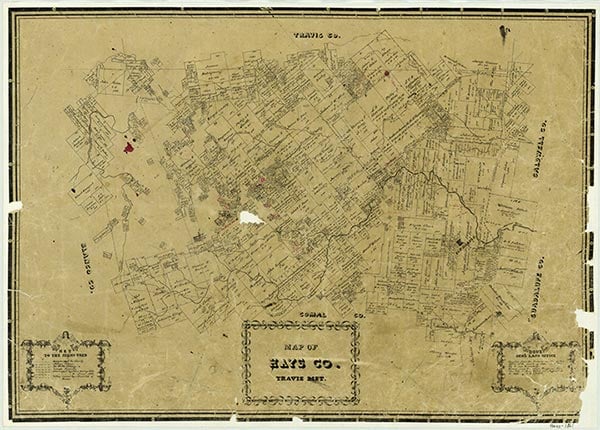Antioch Colony

Antioch Colony is a rural African-American community located off Farm roads 967 and 1626 within a mile northwest of Buda in eastern Hays County. On February 1, 1859, Joseph F. Rowley, who had emigrated with his family from California to Texas, purchased 490 acres near Onion Creek. After the Civil War he sold tracts to former slaves for the purpose of establishing a farming settlement. Many of the freedmen came from Missouri. They founded Antioch Colony, named for the Turkish city, in 1870 and 1871. Ten to fifteen families lived in the community, also known as Black Colony, in the early 1870s. Settlers included the Bunton, Champ, Harper, Beard, Taylor, and Kavanaugh families. Farmers raised corn and other grains, cotton, and sugar cane, and mule-powered mills processed corn, bran, and produced sorghum molasses. On July 15, 1874, Elias and Clarisa Bunton donated land for a school. Residents constructed a two-story building that soon served fifty-seven students as part of their own district—Antioch School District 5. The structure also hosted meetings of a Masonic Lodge and Eastern Star. Citizens established the African Methodist Church and the Antioch Cemetery.
Antioch Colony remained an active farming community into the 1930s and 1940s. Social life centered around the school and church, which had some seventy to eighty members. By the mid-1950s, however, most residents had moved away in search of better jobs. Ironically, after this time, Antioch Colony finally received telephone and electrical service. The community became almost a ghost town of ramshackle structures and overgrown homesteads.
Laurie E. Jasinski | © TSHA

Adapted from the official Handbook of Texas, a state encyclopedia developed by Texas State Historical Association (TSHA). It is an authoritative source of trusted historical records.

- ✅ Adoption Status:
Belongs to
Antioch Colony is part of or belongs to the following places:
Currently Exists
Yes
Place type
Antioch Colony is classified as a Town
Associated Names
- (Black Colony)
Location
Latitude: 30.08521330Longitude: -97.85750520
Has Post Office
No
Is Incorporated
No
Population Count, 2009
25
